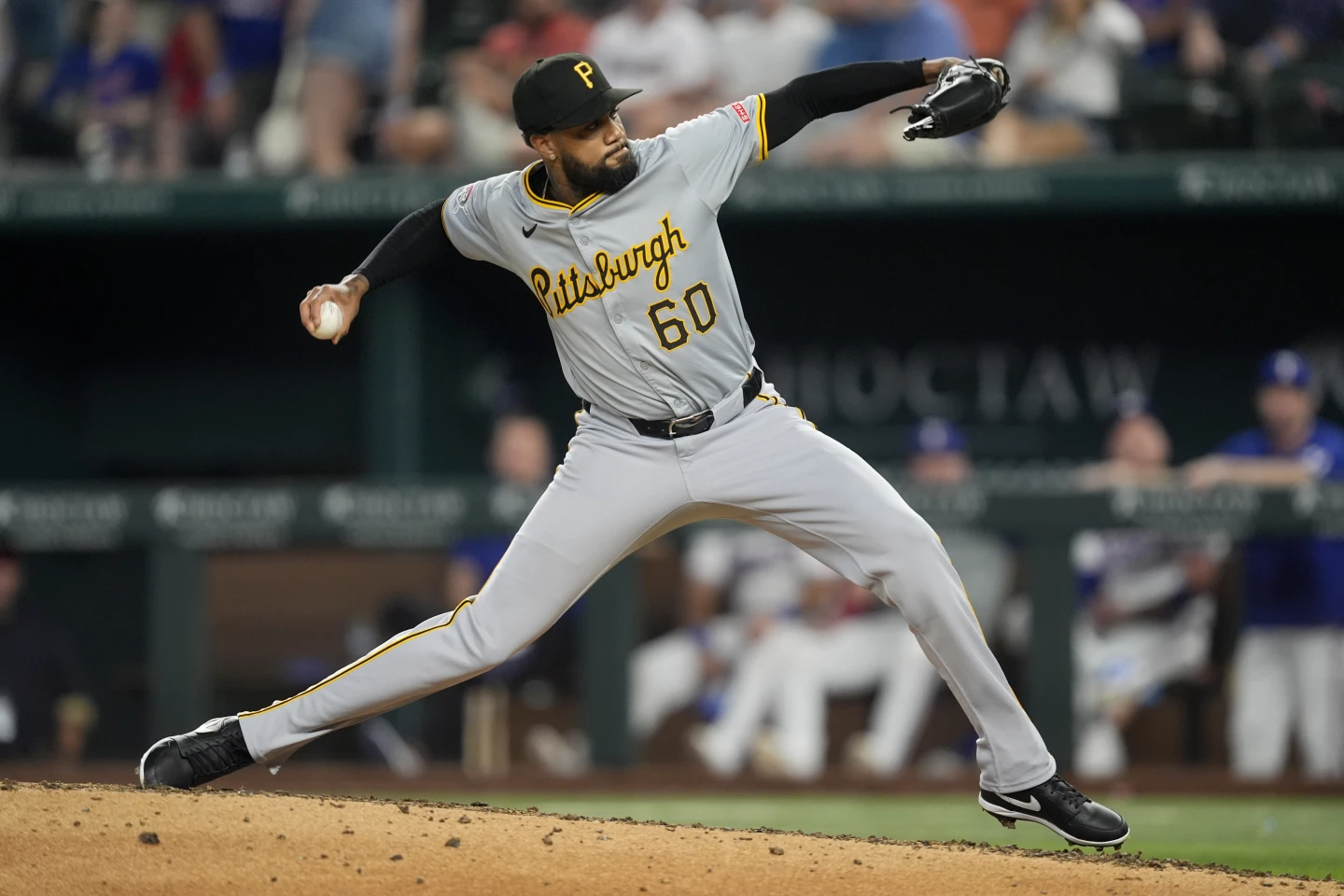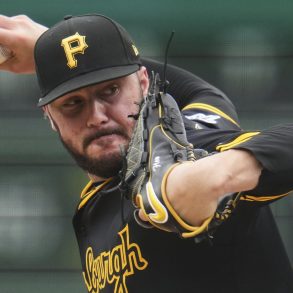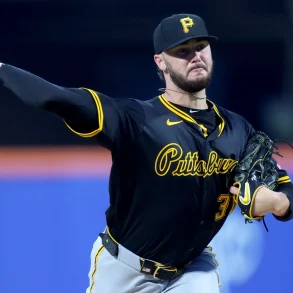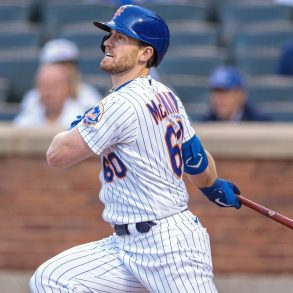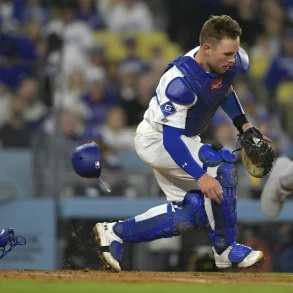Bold changes to Major League Baseball’s traditional rules have sped up the games and brought back the excitement of stealing bases in recent years.
A similar innovative approach might be needed to help starting pitchers regain the importance they had as recently as ten years ago.
Last season, only four pitchers—Seattle’s Logan Gilbert, Kansas City’s Seth Lugo, San Francisco’s Logan Webb, and Philadelphia’s Zack Wheeler—pitched 200 or more innings. In 2014, 34 pitchers reached that mark.
During the 2014 season, every MLB team got over 900 innings from their starting pitchers, with five teams going over 1,000 innings. Last year, only four teams had starters throw at least 900 innings, with Seattle leading at 942 2/3 innings.
This change has been happening for a while, but the numbers make it clear for longtime fans who remember seeing players like Bob Gibson throw three complete games in the 1967 World Series or Jack Morris pitch 10 shutout innings in Game 7 of the 1991 World Series.
Back in the days of Cy Young and Walter Johnson, part of the charm of the game was watching a pitcher face a lineup three or four times.
Today, with every team having multiple relievers who can throw in the high 90s, what could make teams let their starting pitchers go deeper into games?
Managers and players are struggling to find an answer. “Outside of just changing rules to encourage managers to keep guys in games longer,” said Los Angeles Dodgers manager Dave Roberts.
Roberts’ Dodgers showed the bullpen-focused strategy during their run to the 2024 World Series title. Their starting pitchers threw six innings or more in only two of their 16 postseason games.
In 2023, Texas’ Nathan Eovaldi went 5-0 with five postseason quality starts (at least six innings, no more than three earned runs) while helping the Rangers win their first World Series title. But even he sees how much the game has changed for starting pitchers since he made his debut in 2011.
“Bullpens are a lot different now than they were back then,” Eovaldi said. “You’ve got a lot more guys who aren’t just eighth- and ninth-inning guys. They can come in the sixth or seventh and go multiple innings.
They all have multiple pitches now, too. That’s one of the interesting things about the bullpen. You don’t have guys with just a two-pitch mix anymore. They’ve got three or four pitches, and two of them are really elite.”
That’s why it seems like there’s only one way to get starters to pitch more innings.
“Putting in rules that require it,” said San Francisco Giants manager Bob Melvin. “We’ve created our own monster. It is what it is.”
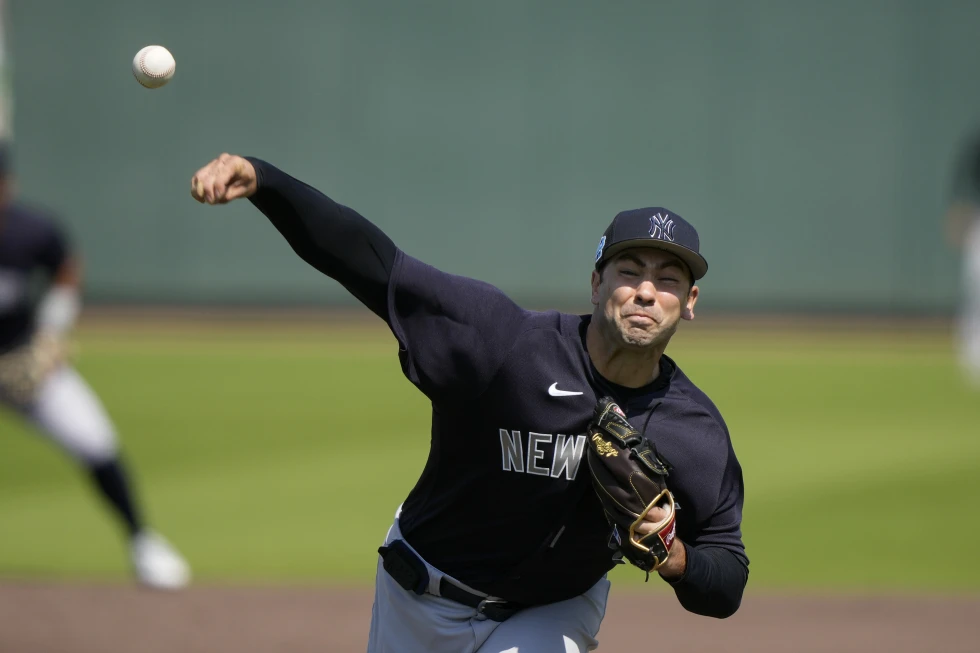
What rules could MLB create to promote starting pitching?
MLB Commissioner Rob Manfred says it’s too early to consider rule changes.
“Our focus right now is training methods, particularly offseason training methods,” Manfred said. “It’s going to be somewhere between education and recommendations. It’s very hard to tell people you can’t do X, Y and Z, right? They’re grown men and there’s no way to monitor it during the offseason.”
One issue is that there is no clear agreement on what rule changes would be most effective.
For example, MLB allowed the Atlantic League to test a rule change in 2021 and 2023 where a team would lose its designated hitter if its starting pitcher didn’t finish at least five innings.
Introducing a similar rule in the majors could be challenging, as some of the league’s most popular stars, such as Shohei Ohtani and Bryce Harper, have played as designated hitters in recent years. Fans who come to see these players would likely be unhappy if they were removed due to an early pitching change.
MLB has not announced any similar rule experiments in the minors for this season.
The maximum number of pitchers allowed on MLB rosters was reduced from 14 to 13 in 2022, though the limit increases to 14 when rosters expand from 26 to 28 on September 1. A more drastic rule change could require starters to pitch at least five or six innings unless they are injured, throw a certain number of pitches, or allow a specific number of runs.
Rangers manager Bruce Bochy said he wouldn’t mind seeing more rule changes tested in the minor leagues to help starting pitchers go deeper into games. He wants pitching prospects to get used to pitching longer innings.
“That’s the way it used to be with starters,” Bochy said. “Now I think the mentality can be, ‘Hey, I’ve done my job. I’ve thrown four or five innings.’”
Giants pitcher Robbie Ray believes the history of the game shows that starters can adapt to longer outings.
“I think starting pitchers are capable of doing it,” said Ray, who won the 2021 AL Cy Young Award with Toronto. “It’s just a matter of kind of training our bodies to do that again because what’s been expected of us has changed over the years.”
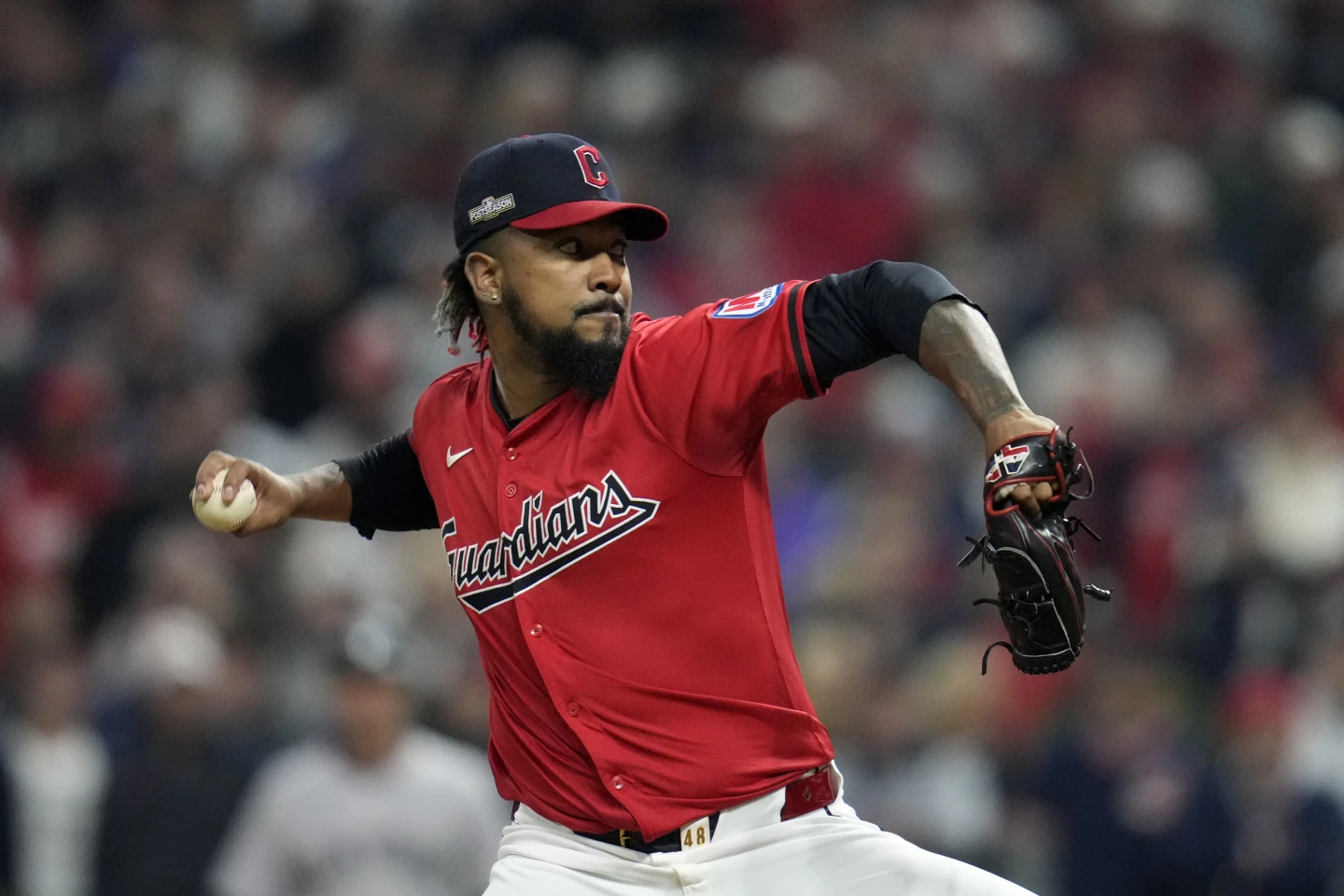
Restoring endurance as a valued skill
A 62-page MLB study released in December showed that the focus on increasing pitch velocities and maximum effort on each pitch has led to more injuries among pitchers. The study also revealed that the percentage of starts lasting five or more innings dropped from 84% to 70% in the majors from 2005-2024, and from 68.9% to 36.8% in the minors.
“Because we’re trying to create this engine and this repetitive thought of just pure stuff each and every pitch, yeah, starters are going to fatigue sooner,” Cleveland Guardians pitching coach Carl Willis said. “And at the same time, we’re training them that way. We’re training them to do so.
“Everybody still talks about wanting to go out for the sixth, wanting to go out for the seventh and getting deep into games. I don’t know that we’re training them to do that, and I don’t know how we are kind of teaching nowadays can allow that to happen.”
A change in approach could help those starters build that endurance. Right now, it’s the older players who seem more used to that kind of workload.
The MLB leader in quality starts last season was the 34-year-old Wheeler, who had 26. Lugo, 35, had 22 quality starts, tying for second place.
Still, the 2024 season showed some positive signs for the future of starting pitching. MLB pitchers threw 5.22 innings per start last season, the most since 2018, though it was still lower than the 2014 average of 5.97.
The 2024 season also saw an MLB average of 85.5 pitches per start, the highest since 2019. Starters haven’t thrown as many as 90 pitches per appearance since 2017.
Perhaps it’s inevitable that the focus will shift slightly back toward getting starters to pitch longer. The recent emphasis on relievers has increased the pressure on them, causing bullpens to wear out.
There’s one clear way to change that.
“I don’t think necessarily the game is going to all of a sudden turn back the other way, but there’s a huge push to understand how you can keep a bullpen healthy,” Milwaukee Brewers manager Pat Murphy said. “And one of the biggest ways is those starters getting through that first bulk and getting you into the sixth or seventh.”
Now, it’s just a matter of figuring out how to get starters to pitch deeper into games more often.



